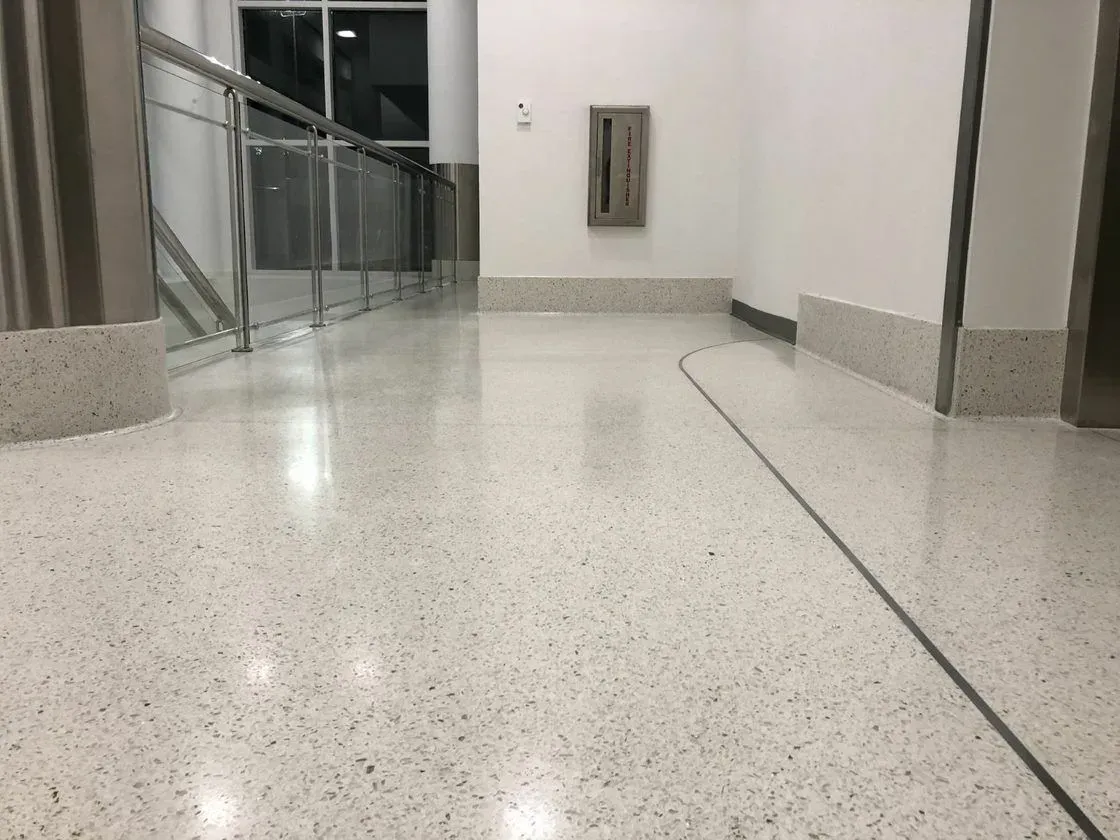vinyl and linoleum flooring
Exploring Vinyl and Linoleum Flooring A Comprehensive Guide
When it comes to flooring options, homeowners often find themselves choosing between aesthetics, durability, and cost. Two popular choices that have garnered attention over the years are vinyl and linoleum flooring. Though they may seem similar at first glance, they differ in composition, performance, and maintenance. In this article, we'll delve into the nuances of vinyl and linoleum flooring to help you make an informed decision for your home.
Composition and Structure
Vinyl flooring is primarily made of synthetic materials, including polyvinyl chloride (PVC), which is a type of plastic. It is known for its versatility and is available in a variety of forms such as sheets, tiles, and luxury vinyl planks (LVP). The production process of vinyl involves multiple layers, including a backing layer for support, a design layer that mimics natural materials like wood or stone, and a protective wear layer that enhances durability.
On the other hand, linoleum flooring is derived from natural materials. It typically consists of linseed oil, cork dust, wood flour, and natural pigments, all of which are combined and baked onto a jute backing. This eco-friendly composition gives linoleum its unique resilience and patterns, making it a popular choice for environmentally-conscious consumers.
Aesthetics and Variety
Vinyl flooring excels in aesthetics due to its wide range of designs and styles. Manufacturers have mastered the art of replicating natural materials, such as hardwood and stone, allowing homeowners to achieve the look they desire without the associated costs. Vinyl can be printed with intricate patterns and colors, catering to various interior design preferences.
Linoleum, although it doesn’t provide the same extensive range of styles as vinyl, offers a distinct charm with its vibrant hues and traditional designs. The patterns in linoleum tend to be more subdued and natural, which complements vintage and rustic themes. Additionally, linoleum develops a patina over time, adding character to your floors.
vinyl and linoleum flooring

Durability and Maintenance
Durability is a significant factor in choosing flooring. Vinyl is highly resistant to moisture, making it an excellent option for high-traffic areas and wet spaces like kitchens and bathrooms. It can withstand scratches, stains, and dents, which makes it ideal for homes with pets and children. Cleaning vinyl flooring is relatively simple and requires regular sweeping and occasional mopping with mild detergents.
Linoleum, while durable, requires a bit more attention to maintain its appearance. It can be more susceptible to scratching and gouging compared to vinyl. Regular maintenance involves sealing to prevent water infiltration, and periodic polishing can help maintain its shine and longevity. However, linoleum is also naturally antibacterial, which adds to its appeal for health-conscious homeowners.
Cost Comparison
When it comes to price, vinyl flooring is generally more affordable and offers a wider range of options at different price points, from basic to luxury varieties. Linoleum can be slightly more expensive upfront due to its natural materials and eco-friendly properties, but it can be a cost-effective choice in the long run because of its durability and longevity when properly maintained.
Conclusion
In summary, both vinyl and linoleum flooring provide unique advantages that cater to different needs and preferences. Vinyl flooring is an excellent option for those seeking durability, a variety of styles, and easy maintenance, while linoleum appeals to those who prioritize eco-friendliness and traditional aesthetics. Ultimately, the choice between the two will depend on your lifestyle, budget, and design aspirations. Whether you choose vinyl or linoleum, both flooring options promise to enhance the beauty and functionality of your home.
-
Waterproof Advantages of SPC Flooring Vinyl in KitchensAug.06,2025
-
SPC Hybrid Waterproof Flooring Thickness GuideAug.06,2025
-
Leveling Subfloor Before My Floor SPC InstallAug.06,2025
-
How Mesh Deck Skirting Improves Outdoor Pest ControlAug.06,2025
-
Choosing the Right Commercial Flooring for Your Business NeedsAug.06,2025
-
Choosing the Best Residential Flooring: A Comprehensive Guide to Style, Durability, and ComfortAug.06,2025




